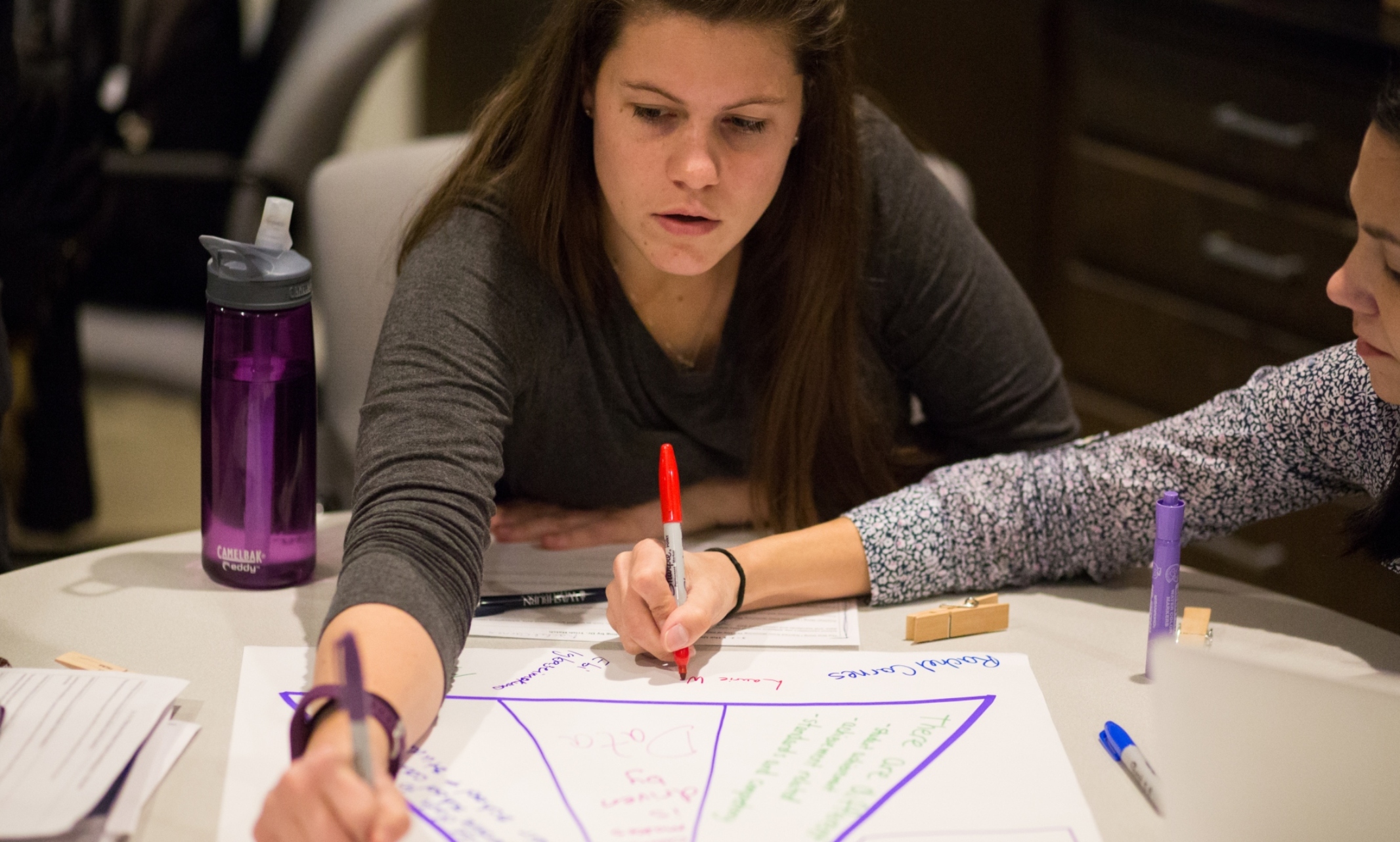A new study of Project Lead The Way, a curriculum which focuses on increasing students’ exposure to science, technology, engineering and mathematics skills, shows the program has significant impact in encouraging students’ long-term interest in STEM education and careers.
A new study of Project Lead The Way, a high school curriculum which focuses on increasing students’ exposure to science, technology, engineering and mathematics skills, shows the program has significant impact in encouraging students’ long-term interest in STEM education.
The research team, led by Eric Camburn, Ph.D., Sherman Family Foundation Endowed Chair and director of the Urban Education Research Center, and Karin Chang, Ph.D., associate director and associate research professor at the University of Missouri-Kansas City, studied the potential impact of the Project Lead The Way curriculum on two cohorts of Missouri high school students. Camburn and Chang conducted the study in collaboration with researchers from St.Louis University and the University of Missouri-Columbia.
Their research revealed that students who took Project Lead The Way (PLTW) classes were more likely to take dual college-credit courses in high school, graduate from high school, enroll in college and declare a STEM major upon initial enrollment than students who did not.
“We found that taking Project Lead The Way courses help students successfully graduate from high school and go on to postsecondary education,” Camburn says. “And students in historically underserved groups appear to have benefitted even more on important outcomes.”
While the initial program implementation was focused on a few schools, implementation in recent years has grown substantially. In 2005, Missouri launched the PLTW program in 10 districts and 16 schools. The program is now offered in 384 schools in 163 districts across the state and is in elementary, middle and high schools.
“We found that taking Project Lead the Way courses helps students successfully graduate from high school and go on to postsecondary education.” — Eric Camburn, Ph.D.
Camburn and his team estimate that approximately 17 percent of Missouri high schools have an active program. The team’s research included more than 145,000 first-time ninth graders, 13 percent of whom had enrolled in at least one PLTW course.
Kenny Rodrequez, superintendent of schools for the Grandview C-4 School District, has extensive experience with Project Lead The Way as a teacher and administrator. He was instrumental in expanding the curriculum into more classrooms in his district.
“I had previous experience with the curriculum before I came to Grandview,” he says. “I knew how good it was. I could see that we needed to expand the program.”
Rodriguez has facilitated expanding the curriculum from Pre-Kindergarten through twelfth grade. He thinks it’s successful in engaging students for a number of reasons.
“Number one, it’s a very defined curriculum. The lessons are mapped out in a way that teachers are able to support students at a high level. But it also provides flexibility, so they can incorporate different components at the right time.”
He says he’s seen both new and veteran teachers have positive experiences.
“It’s a great package. Veteran teachers have the flexibility they need, but there is a clear path for new teachers, too.”
Rodriguez says students often respond to the PLTW curriculum because it has a connection to the real world.
“Four years ago, I heard a group of fourth graders talking about what would happen if we had a global outbreak of [a virus.] I wish I could go back to that class and say, ‘Did you ever think that could actually happen in the real world?’”
Rodriguez was not surprised to learn the outcomes of the research on PLTW curriculum.
“There’s so much community support around this work. We can reach out and get immediate help. Teachers are so busy. That is important.”
Camburn says Rodriguez’s experience is not unique.
“We believe a reasonable implication of these preliminary findings is that widespread implementation of the program in the state is likely to help more Missouri high school students make the transition to secondary education, including college, trade and vocational schools,” Camburn says.
The Urban Education Research Center (UERC) is a research and evaluation center within the University of Missouri-Kansas City School of Education. The center works collaboratively within the School of Education, across the university and in conjunction with local partners and communities to create reliable, usable knowledge about education in urban areas.
“The Urban Education Research Center is uniquely qualified to provide exemplary research on the impact of this curriculum on student outcomes,” Carolyn Barber, interim dean, School of Education. “Dr. Camburn has devoted three decades to research on school improvement, leadership and inequalities in educational opportunity. Ultimately, we hope this knowledge promotes excellence in schooling and opportunities for residents of the Kansas City metropolitan area as well as communities across the state of Missouri.”

